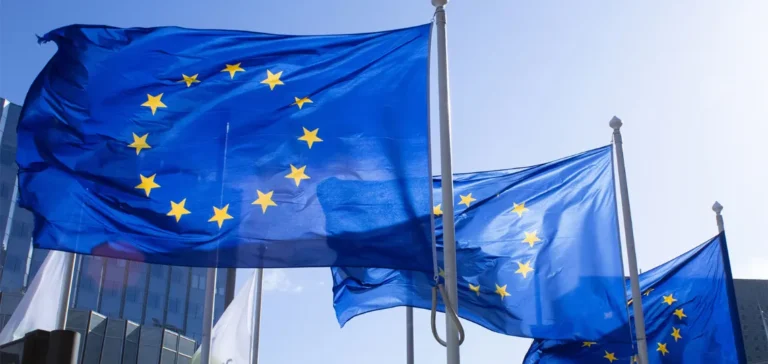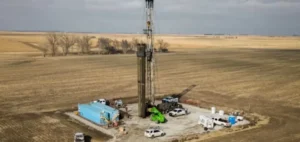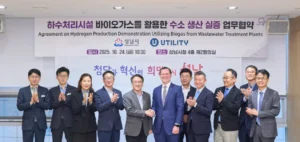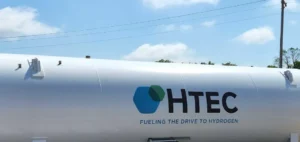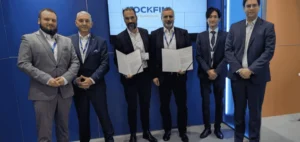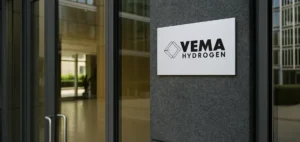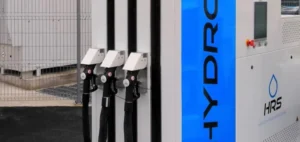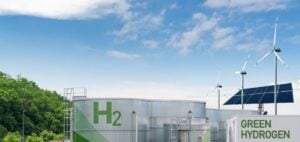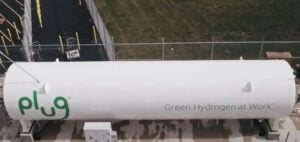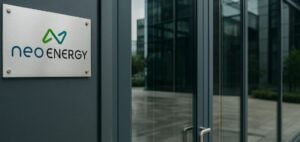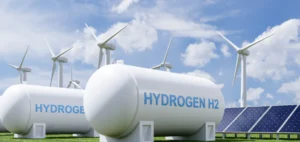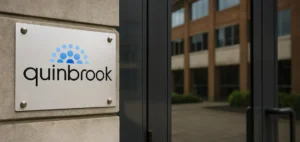The European Commission has presented a detailed methodology for calculating greenhouse gas emissions linked to low-carbon hydrogen, in accordance with the Hydrogen and Gas Market Directive. This regulatory framework complements existing legislation on renewable hydrogen and renewable fuels of non-biological origin (RFNBOs), thereby establishing the foundations of a European low-emissions hydrogen market.
New definition for low-carbon hydrogen
To be classified as low-carbon, hydrogen must ensure a reduction of at least 70% in greenhouse gas emissions compared to the use of unabated fossil fuels. Several production pathways are now officially recognised, including the use of natural gas combined with carbon capture, utilisation and storage (CCUS), as well as electricity from low-emission sources. This threshold and these procedures are intended to ensure regulatory consistency across the European Union, while taking into account the diversity of member states’ energy mixes.
Investments and industrial competitiveness
This regulation provides greater clarity for investors and producers by specifying eligibility criteria and certification procedures. According to the European Commission, this initiative is expected to enable the industry to secure the investments required for sector development, particularly in areas where electrification remains technically challenging, such as aviation, shipping and certain heavy industries. The framework also takes into account the existing legal environment, as the share of renewable electricity used for hydrogen production remains set by the Renewable Energy Directive, which uses an annual average approach.
Regulatory outlook and next steps
The European Commission has committed to launching a public consultation in 2026 on a methodology related to the use of Power Purchase Agreements (PPAs) for nuclear energy in the production of low-carbon hydrogen. At the same time, the monitoring of methane regulation is being strengthened, with a focus on streamlining procedures and finding operational solutions, in line with the objective of reducing emissions throughout the hydrogen life cycle.
“Regulatory clarity is essential to foster investments and enable producers to reach an industrial milestone,” the European Commission stated in a release published on July 11. The institution intends to safeguard the competitiveness of European industry in a context marked by the increasing prominence of hydrogen in the continent’s energy strategy.


